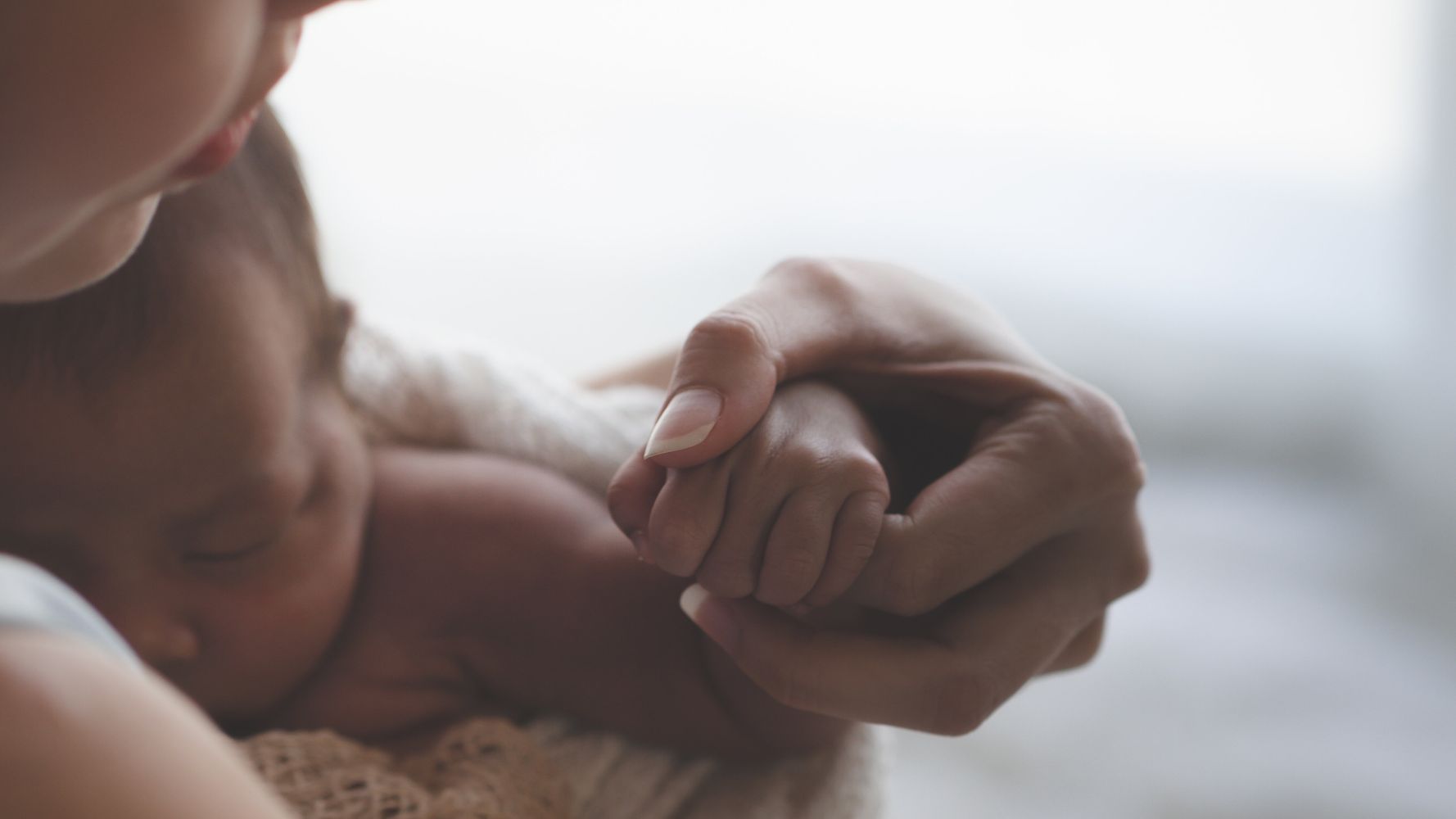[ad_1]

When cases of COVID-19 in the United States started climbing, news reports almost immediately popped up about women who were beginning to consider home birth. There are no hard numbers yet on how real a trend that might be, but anecdotally there does appear to be increased interest.
Yet major medical groups continue to emphasize that home births are riskier than delivering in a hospital or accredited birth center — perhaps even more so in the middle of a pandemic when many hospitals are at their breaking point and might struggle to keep women and babies safe in emergency transfer scenarios.
On Monday, the American Academy of Pediatrics (AAP) updated its guidelines on making home birth as safe as possible while it emphasized its stance that hospital births are presently the safest option for babies.
Planned home birth in the United States is associated with a two- to threefold increase in infant deaths, the AAP stated.
Put another way, “it’s an increase of about 1 in 1,000,” Dr. Kristi Watterberg, lead author of the statement, told HuffPost.
Home birth has also been tied to lower Apgar scores (a measure of the baby’s health immediately after birth) and infant seizures.
“We understand women have different reasons for wanting a home birth,” Watterberg said. “But in a hospital, all these systems are in place. [Babies] are screened for billirubin. They’re screened for hearing… if you’re taking care of a baby at home, it’s incumbent upon you to make sure all of these boxes are checked.”
(Watterberg noted that the AAP had been working on its updated home birth guidelines for some time and that the new guidelines were not drawn up as a specific response to COVID-19.)
A major challenge in mitigating the risk associated with home birth in the United States is that there is not an integrated system of care should something go wrong.
“If you have to go more than 15 or 20 minutes to hospital, your chances of having an adverse outcome go way up,” Watterberg said.
She cautioned against drawing any conclusions about home birth safety from other countries, which have very different populations, geographies and systems in place to support home birth — and where outcomes in a home versus in a hospital may be comparable. Personally, she said, she hopes there will be more innovation around childbirth options so that low-risk women who do not necessarily want to deliver in a hospital setting have other choices that do not put them or their babies at greater risk.
In a sign that physicians’ groups are taking the possible increased interest in home birth associated with COVID-19 seriously, the American College of Obstetricians and Gynecologists sent a statement to media outlets on Monday emphasizing its stance that hospitals and accredited birth centers are the safest places for women in the United States to deliver their babies.
“Obstetrician-gynecologists see firsthand the stress and uncertainty facing pregnant people, families, and their support networks during the COVID-19 pandemic, and this includes questioning the settings in which to give birth,” Dr. Maureen G. Phipps, CEO of the American College of Obstetricians and Gynecologists, said in the statement. “However, even during this pandemic, hospitals and accredited birth centers remain the safest places to give birth.”
Around the country, hospitals have taken steps to keep women, babies and hospital staff safe — some more controversial than others. In New York City, for example, some hospitals temporarily barred support partners from labor and delivery rooms. That was quickly overturned by state health officials, yet in some hospitals, women’s partners are unable to stay with them in postpartum units or recovery rooms immediately after a C-section.
Those hospital policies and fears about entering a hospital where COVID-19 patients are being treated may be driving some women to consider home birth.
But Watterberg argued that in some ways, the pandemic could make home birth a riskier proposition.
“If you have a home birth and you have a problem, you’re going to run into a health care system that is at its max in many places. First responders are tired; many of them are sick. When you get to the hospital, if it’s an emergency, you might go to the emergency room, which has a whole bunch of people,” she said. “I think the whole situation is actually more fraught at home right now than it normally is.”
Experts are still learning about the novel coronavirus. The information in this story is what was known or available as of press time, but it’s possible guidance around COVID-19 could change as scientists discover more about the virus. Please check the Centers for Disease Control and Prevention for the most updated recommendations.
A HuffPost Guide To Coronavirus
[ad_2]
Source link

